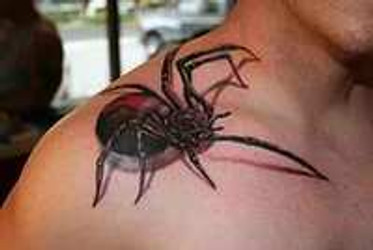TATTOO SAFETY GUIDES
Posted by Manny Y on 8th Apr 2015
Since a permanent tattoo is made by using needles and pigment, be sure that all tattoo safety measures are in place. No matter how tempting it may sound, never tattoo yourself or allow a friend to do the tattooing. If you do not have the money to spend, better save up first in order to go to a reputable tattoo artist.

Your tattoo artist should comply with all regulation and licensing standards in your town. All equipment should be properly sanitized and a fresh pair of gloves should be worn each time. Also, be aware that the FDA is not regulating the use of tattoo pigments or don’t recognize any tattoo safety guidelines. Talk to your tattoo artist concerning the safety of the pigments which they use and the adverse reactions, if any. Any ointment, ink, or other items shouldn’t be returned to the main container after it has been taken out for use on a client. New and sterile needles should be used each time.
Regardless of how big or small your tattoo is, you need to practice proper hygiene. For the first 24 hours, do not take off the bandage. The tattoo is very at risk from infections, so be extra careful. When you are ready to wash the area, avoid using harsh soaps. After gentle cleansing, pat the area dry using a soft clean towel or a paper towel. Don’t rub the tattooed part. Follow this up with an aftercare cream specifically made for tattoos.
Some scabbing and peeling may occur after a few days. Don’t pick or scratch the area. If it is peeling, put a tattoo aftercare lotion and leave it alone. Protect your new tattoo by applying a tattoo cream. Lanolin and petroleum jelly are inexpensive but can bring about an allergic reactions in a lot of people. Lanolin is produced by sheep’s wool while petroleum jelly is a byproduct of the distillation of petroleum. Both lanolin and petroleum jelly are found in Bepanthen cream. Bepanthen cream is actually a diaper rash cream which is sometimes being recommended by most artists who unaware of the adverse effects especially when applied on wounds or a fresh tattoo.

